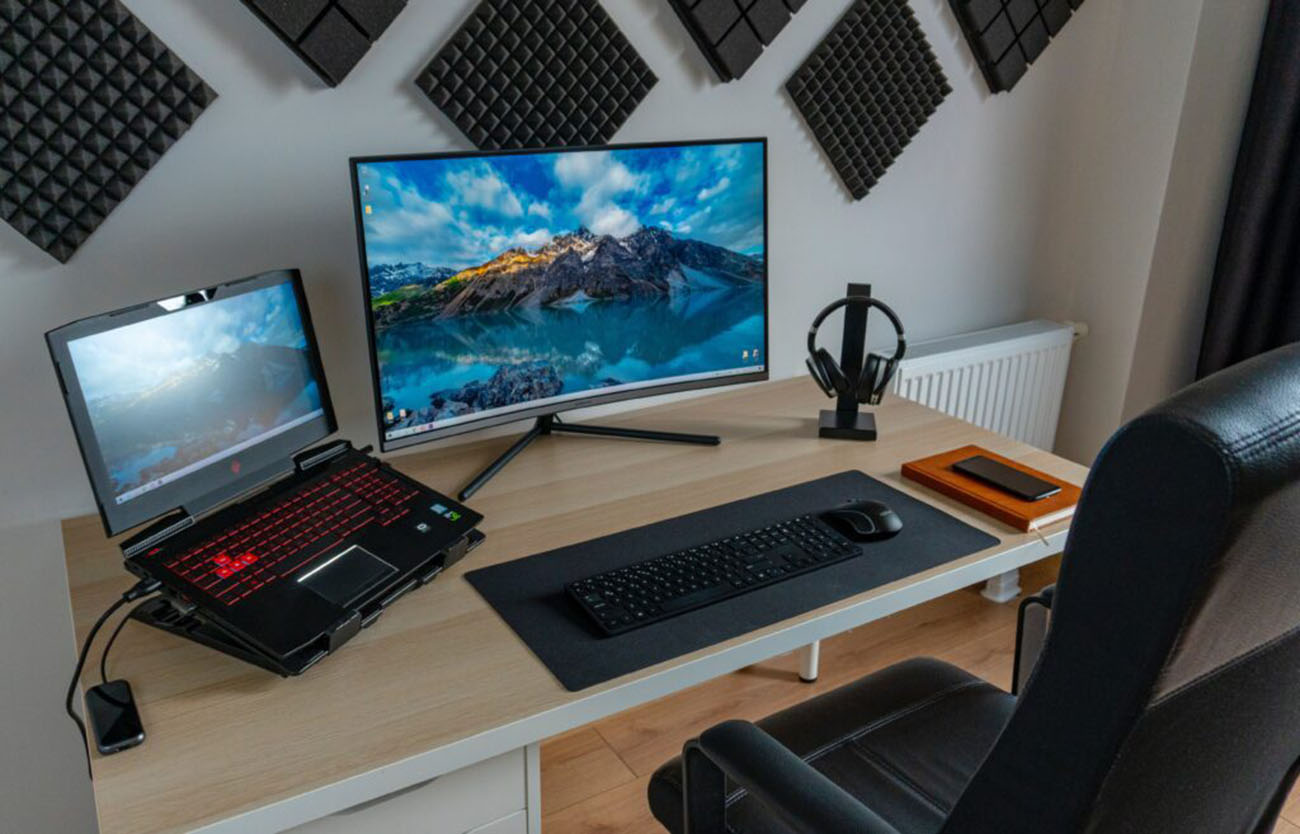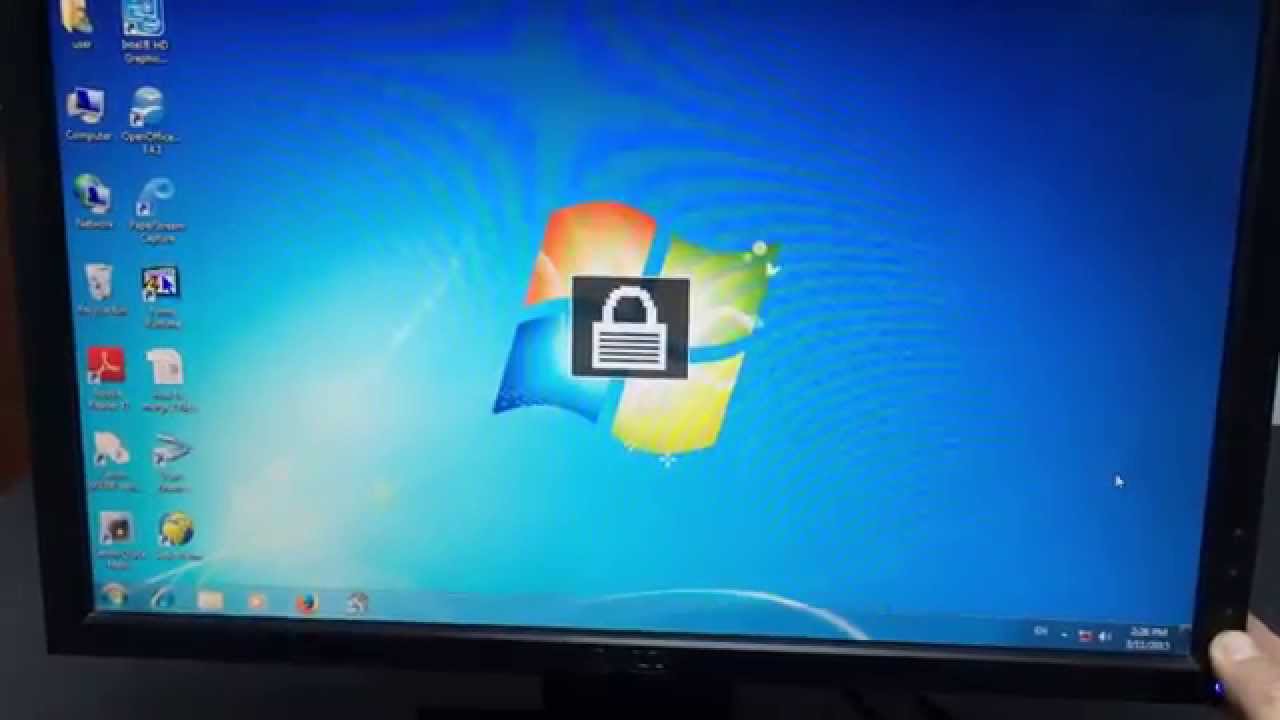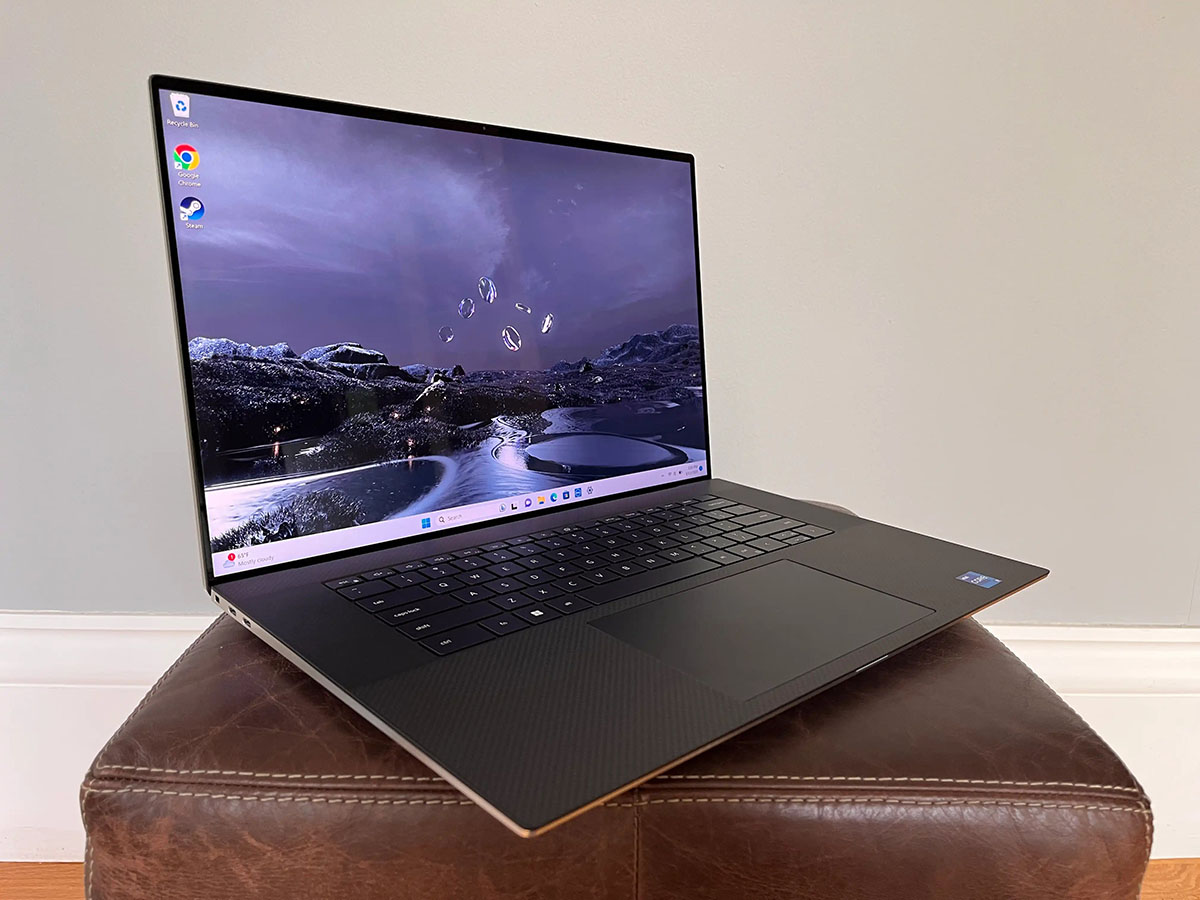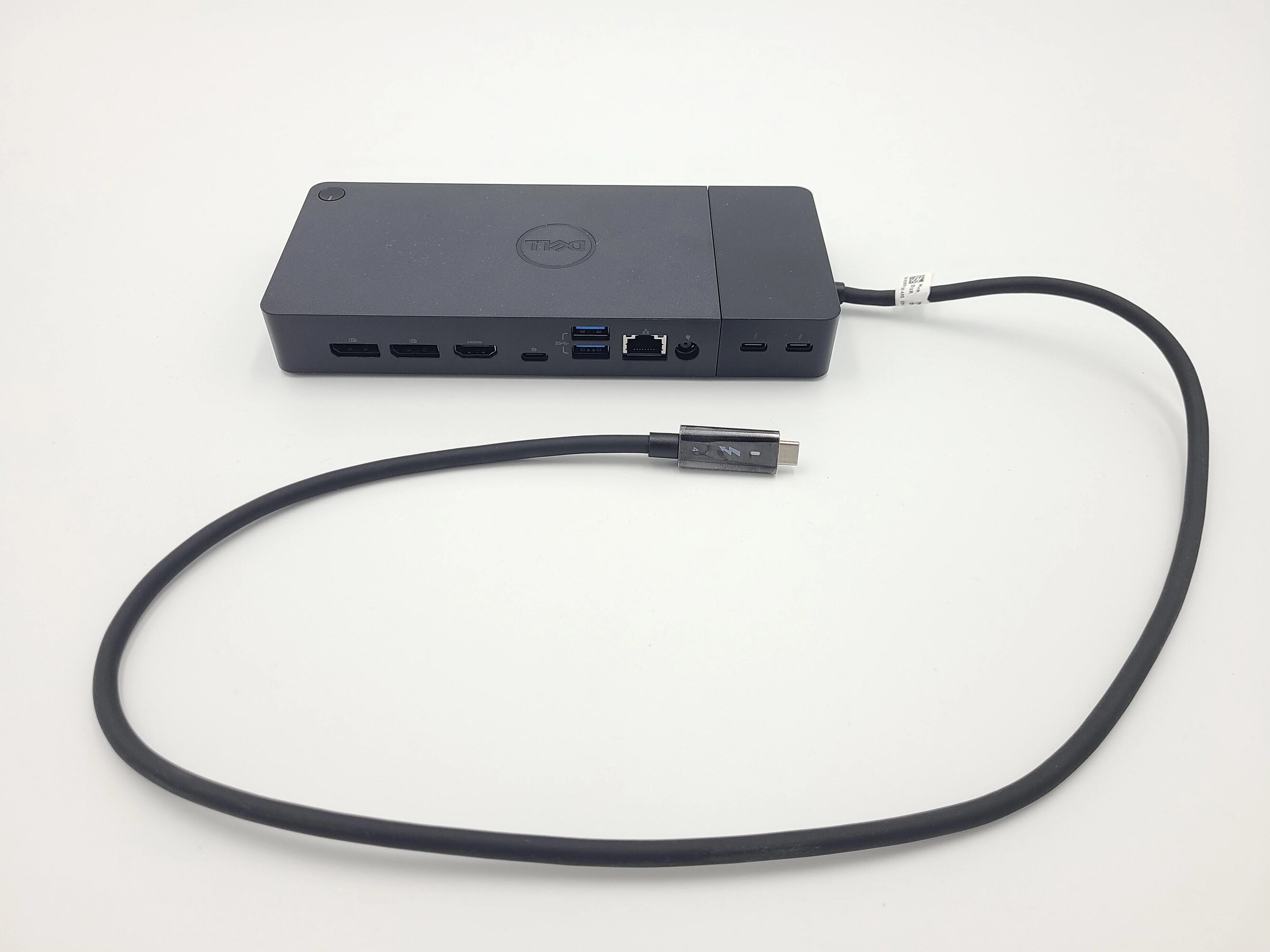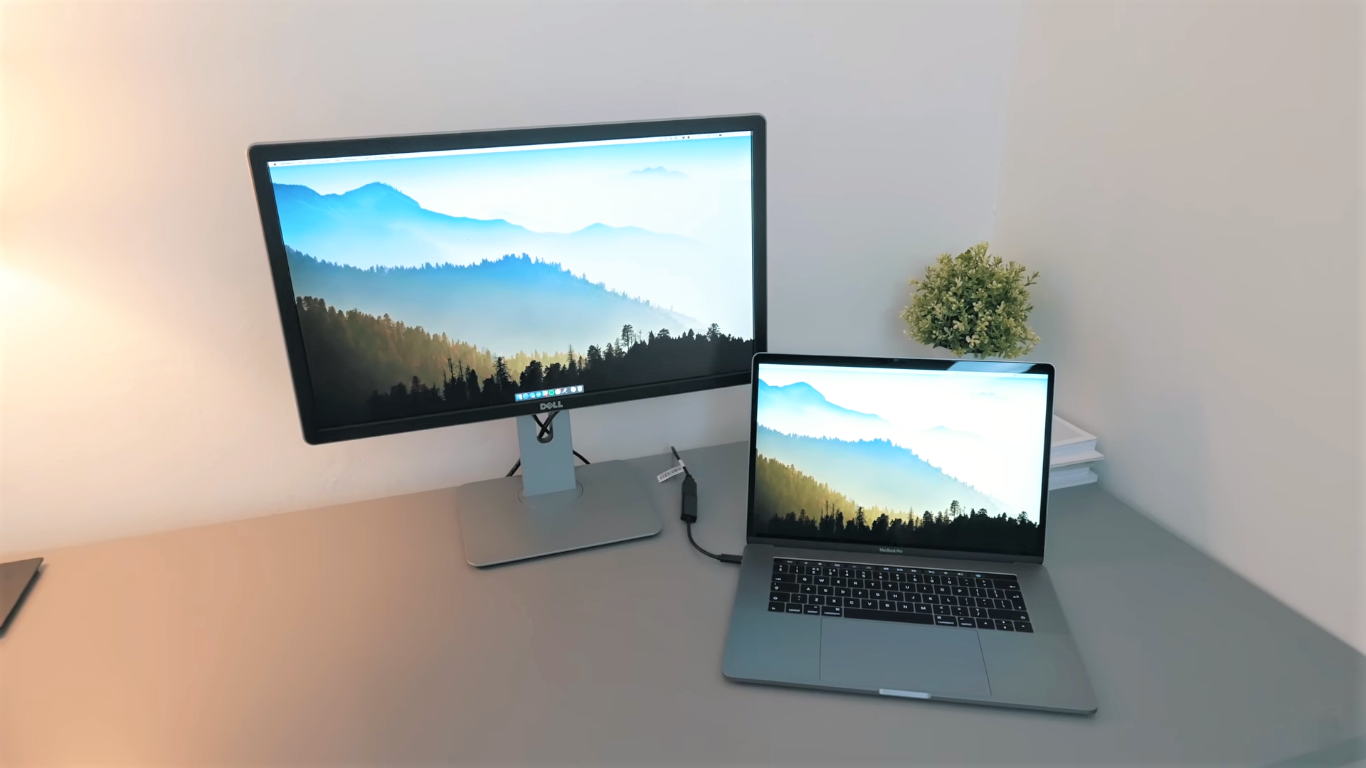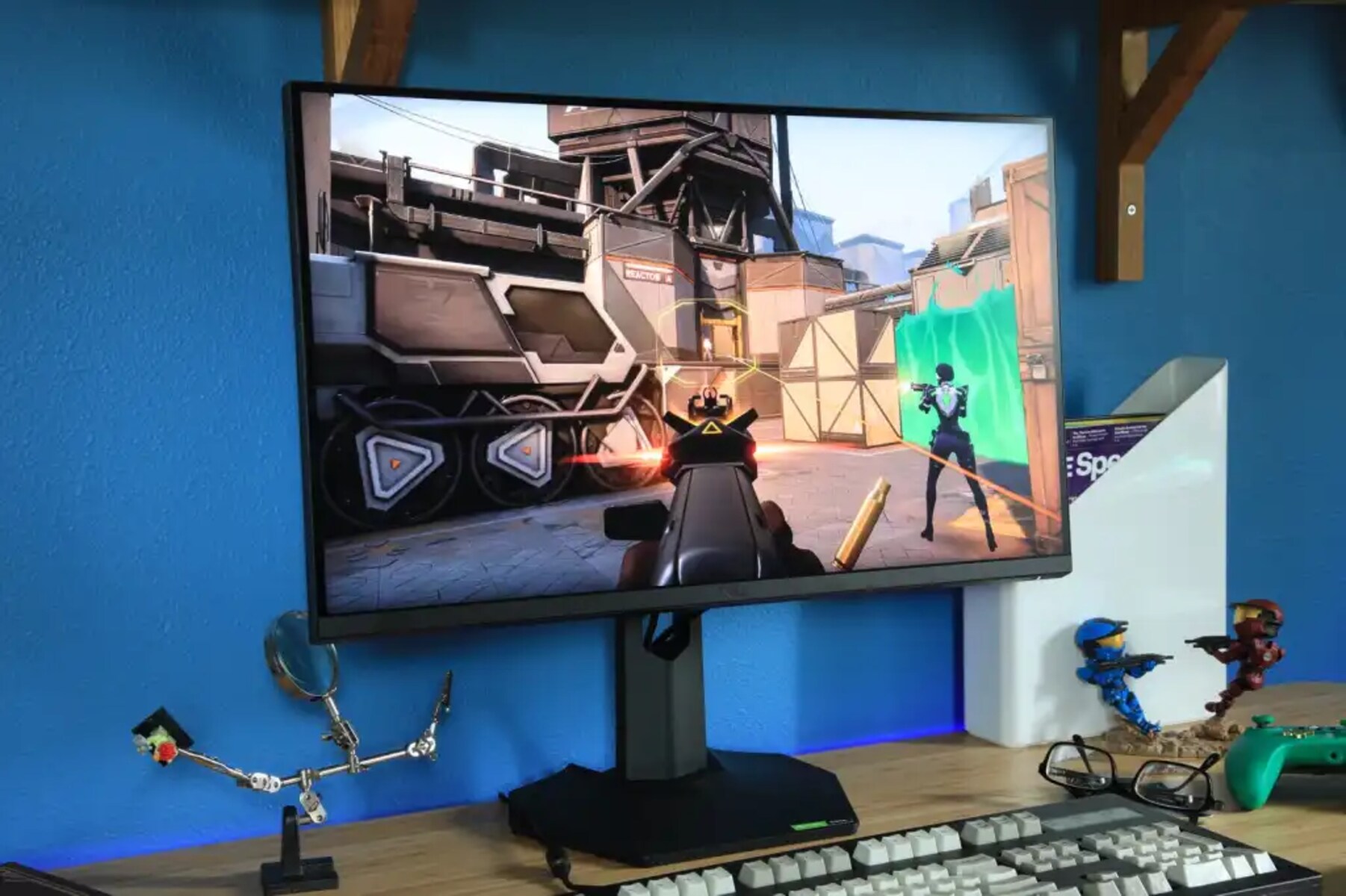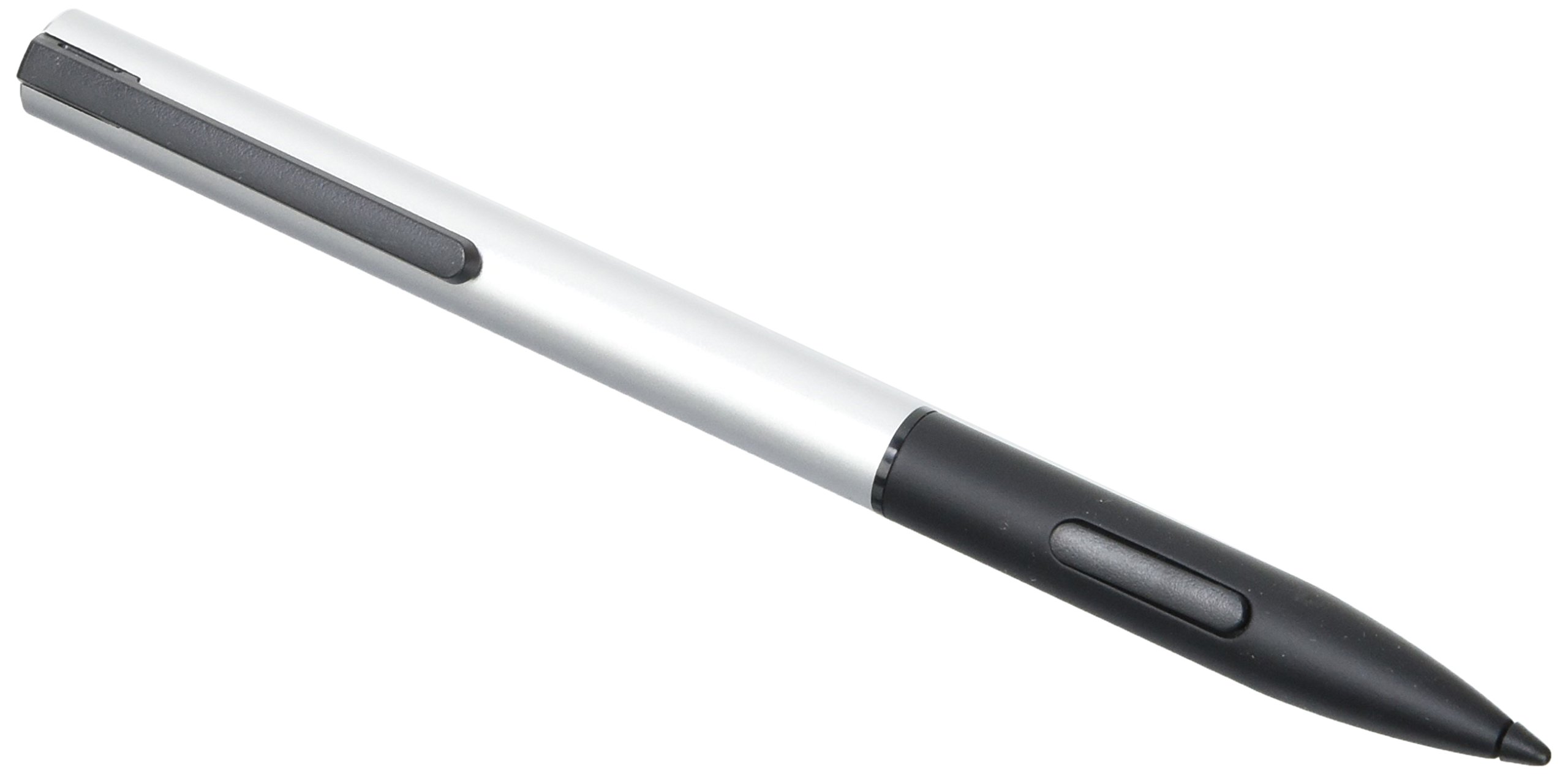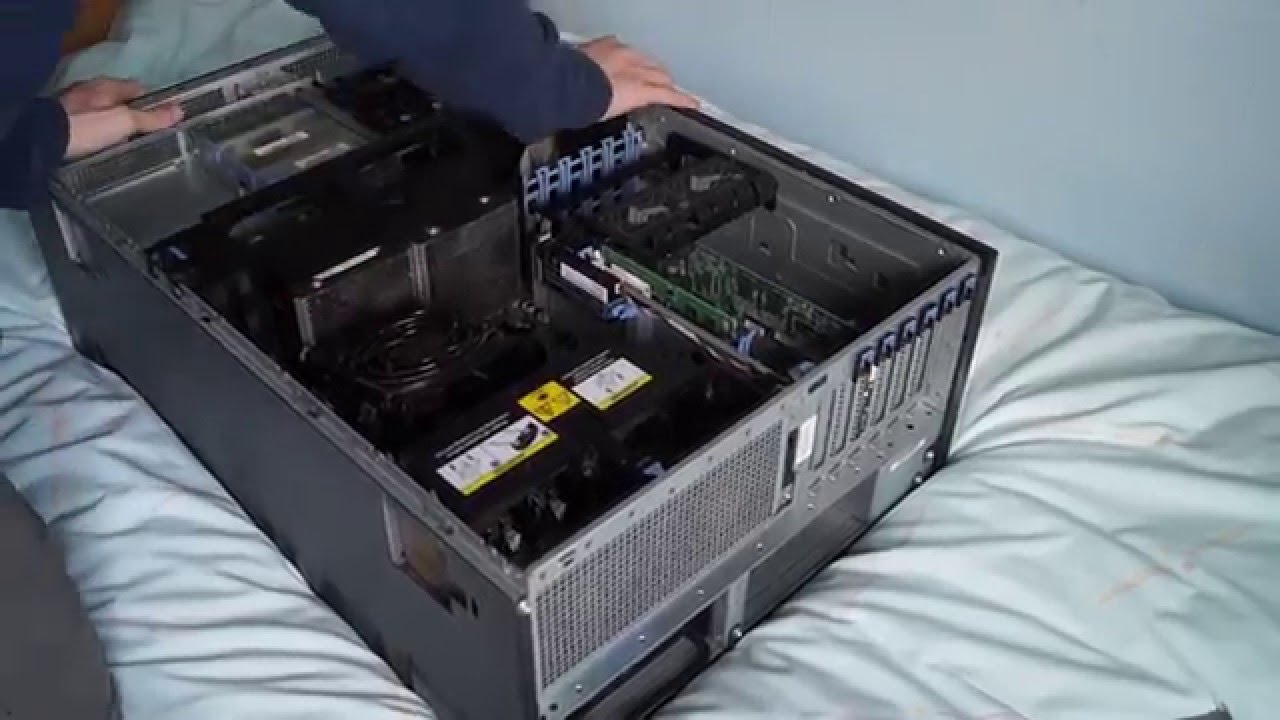Introduction
Welcome to our guide on how to unlock a Dell monitor. If you are experiencing difficulties accessing the settings or adjusting the display on your Dell monitor, don’t worry, you’re not alone. Many users encounter this issue at some point, but luckily, there are several simple solutions that can help you unlock your Dell monitor and regain control over your display settings.
A locked Dell monitor typically restricts access to the menu options, preventing you from making any changes to the display settings. This can be frustrating, especially if you need to adjust brightness, contrast, or other visual aspects to suit your preferences or the specific requirements of your tasks.
In this guide, we will walk you through various troubleshooting steps to unlock your Dell monitor. We will cover both software-based solutions, such as adjusting display settings and updating drivers, as well as hardware-related fixes, such as checking the physical connections and resetting the monitor.
Before we dive into the troubleshooting steps, please ensure that you have basic knowledge of computer hardware and software. If you are unsure about any of the steps, it’s always a good idea to consult Dell’s support documentation or reach out to their customer support for further assistance.
Now, let’s get started with our step-by-step guide on how to unlock a Dell monitor. Whether you have a Dell Ultrasharp, Dell P, or Dell S series monitor, the methods we will discuss in this guide should be applicable to most Dell models. So, let’s unlock your Dell monitor and regain control over your display settings!
Check the Physical Connection
One of the first steps you should take when trying to unlock a Dell monitor is to check the physical connections. It is possible that a loose or faulty connection could be causing the issue.
Start by ensuring that the monitor’s power cable is securely plugged into both the monitor and the power outlet. Additionally, check the video cable connection between the monitor and your computer. If you are using an HDMI or DisplayPort cable, make sure it is firmly connected to both the monitor and your computer’s graphics card.
If you’re using a VGA or DVI cable, inspect the pins on both ends for any damage or bent pins. Straighten them carefully if necessary, or consider replacing the cable if it appears to be faulty. It’s also a good idea to try using a different cable or port to rule out any cable-related issues.
Another thing to check is the on-screen display (OSD) buttons on your Dell monitor. Sometimes, pressing the wrong button or accidentally enabling a lock feature can lead to restricted access to the menu options. Refer to your monitor’s user manual or the Dell support website to understand the specific functions of each OSD button and make sure they are properly functioning.
If after checking the physical connections and OSD buttons your Dell monitor is still locked, move on to the next troubleshooting step to unlock it.
Adjust the Display Settings
If your Dell monitor is locked and you’re unable to make adjustments to the display settings, the next step is to try accessing them through alternative methods.
Start by utilizing the keyboard shortcuts specific to your Dell monitor model. These shortcuts allow you to access and navigate the monitor’s on-screen display (OSD) menu without requiring physical access to the OSD buttons. Typically, the shortcuts involve pressing a combination of keys such as “Ctrl” or “Fn” along with designated function keys (F1, F2, etc.) which are labeled with an icon resembling a monitor or screen.
Refer to your monitor’s user manual or check Dell’s support website for the specific keyboard shortcuts for your model. Once you’ve accessed the OSD menu, navigate to the appropriate settings, such as brightness, contrast, or color settings, and make the necessary adjustments to unlock your monitor’s display settings.
If the keyboard shortcuts do not work or if your Dell monitor does not support this feature, you can also try adjusting the display settings through your computer’s operating system.
In Windows, right-click on the desktop and select “Display settings” from the context menu. Here, you can modify the screen resolution, orientation, and other display-related settings. Ensure that the display settings align with your desired preferences. If necessary, adjust the brightness or contrast settings as well.
For Mac users, navigate to the “System Preferences” and select “Displays.” From here, you can adjust the resolution, scale, and other display settings to fit your requirements.
If you’re still unable to unlock and make adjustments to your Dell monitor’s display settings, proceed to the next troubleshooting step.
Reset the Monitor
If your Dell monitor is still locked and you’re unable to modify the display settings, performing a reset may help resolve the issue.
Start by turning off your Dell monitor and disconnecting it from the power source. Wait for a few minutes to allow any residual power to dissipate. During this time, also disconnect any video cables connected to your computer.
After the waiting period, reconnect the power cable to the monitor and plug it back into the power outlet. Ensure all connections are secure. Then, reconnect the video cables between your computer and the monitor.
Next, turn on your monitor and wait for it to boot up. Some Dell monitors have a dedicated reset button that you can press to initiate the reset process. If your monitor has this button, refer to the user manual or Dell’s support website for instructions on how to perform a reset using the button.
If there is no dedicated reset button, access the on-screen display (OSD) menu using the OSD buttons on your monitor. Navigate through the menu to find the “Reset” or “Factory Reset” option. Select it, and confirm your choice to reset the monitor to its default settings.
After the reset, your Dell monitor should unlock, allowing you to access and modify the display settings. If the lock issue persists, proceed to the next troubleshooting step.
Update or Reinstall Display Drivers
If your Dell monitor is still locked and you’re unable to unlock it, outdated or corrupted display drivers may be the culprit. Updating or reinstalling the display drivers can help resolve this issue.
Start by identifying the graphics card installed on your computer. Depending on your system, you may have an integrated graphics card or a separate dedicated graphics card. Once you know the type of graphics card, visit the manufacturer’s website (such as NVIDIA, AMD, or Intel) to download and install the latest drivers for your specific graphics card model.
If you have an integrated graphics card, you can typically find the necessary drivers on your computer manufacturer’s website. In the case of Dell, they have a support website where you can enter your computer’s model number to find the appropriate drivers.
Download and install the latest display drivers according to the instructions provided by the manufacturer. Restart your computer after the installation is complete to apply the changes.
If updating the drivers does not resolve the lock issue, you may need to uninstall the current display drivers and reinstall them. To do this, open the Device Manager on your computer by right-clicking on the Start menu and selecting “Device Manager” from the list.
In the Device Manager, expand the “Display adapters” category, right-click on your graphics card, and select “Uninstall device.” Follow the on-screen prompts to remove the driver software. Once uninstalled, restart your computer and the system will automatically install the default drivers.
If the default drivers do not work properly or you prefer to install the drivers manually, download the latest drivers from the manufacturer’s website as mentioned earlier and install them on your computer.
After updating or reinstalling the display drivers, check if your Dell monitor is unlocked and if you can make adjustments to the display settings. If the issue persists, proceed to the next troubleshooting step.
Check for Firmware Updates
If your Dell monitor is still locked and you’re unable to unlock it, it’s worth checking for any available firmware updates. Firmware updates can address compatibility issues, improve performance, and resolve bugs that may be causing the lock problem.
To check for firmware updates, visit the official Dell support website and enter your monitor’s model number or serial number to access the specific product support page.
Once on the support page, navigate to the “Drivers & Downloads” section and look for any available firmware updates for your monitor model. Download the firmware update file and follow the provided instructions for installing it on your Dell monitor.
It’s important to ensure that you carefully read and follow the instructions provided by Dell when updating the firmware to avoid any potential issues or complications.
During the firmware update process, your Dell monitor may restart multiple times. This is normal, and you should not interrupt the process or power off the monitor until the update is successfully completed.
After the firmware update is installed, restart your computer and check if the lock issue with your Dell monitor has been resolved. Once the update is complete, you should be able to access and modify the display settings without any restrictions.
If the lock problem persists even after updating the firmware, you may need to contact Dell support for further assistance or proceed to the next troubleshooting step.
Contact Dell Support
If you have followed all the previous troubleshooting steps and your Dell monitor is still locked, it may be time to reach out to Dell’s customer support for further assistance.
Dell’s support team is trained to handle a wide range of issues and can provide personalized guidance to help you resolve the lock problem with your monitor.
Before contacting Dell support, make sure you have gathered all the relevant information regarding your Dell monitor, including the model number, serial number, and details about the issue you’re experiencing. This will help the support representative efficiently troubleshoot and assist you.
To contact Dell support, you can visit Dell’s official website and navigate to the Support section. From there, you will find options to contact them via phone, email, or chat. Choose the method that is most convenient for you.
When contacting Dell support, be prepared to provide detailed information about the steps you’ve already taken to troubleshoot the lock issue. This will help them understand your situation and provide suitable recommendations or additional troubleshooting steps.
Dell support may also be able to provide more specific guidance or offer solutions that are tailored to your monitor model or any known issues associated with it.
Remember to be patient when working with the Dell support team. They are dedicated to helping you resolve the issue, but it may take some time to diagnose and address the problem. Follow their instructions and provide any requested information to facilitate the troubleshooting process.
By contacting Dell support, you can access their expertise and potentially find a solution that resolves the lock issue with your Dell monitor.
In the next section, we will provide a brief summary of the troubleshooting steps covered in this guide.







